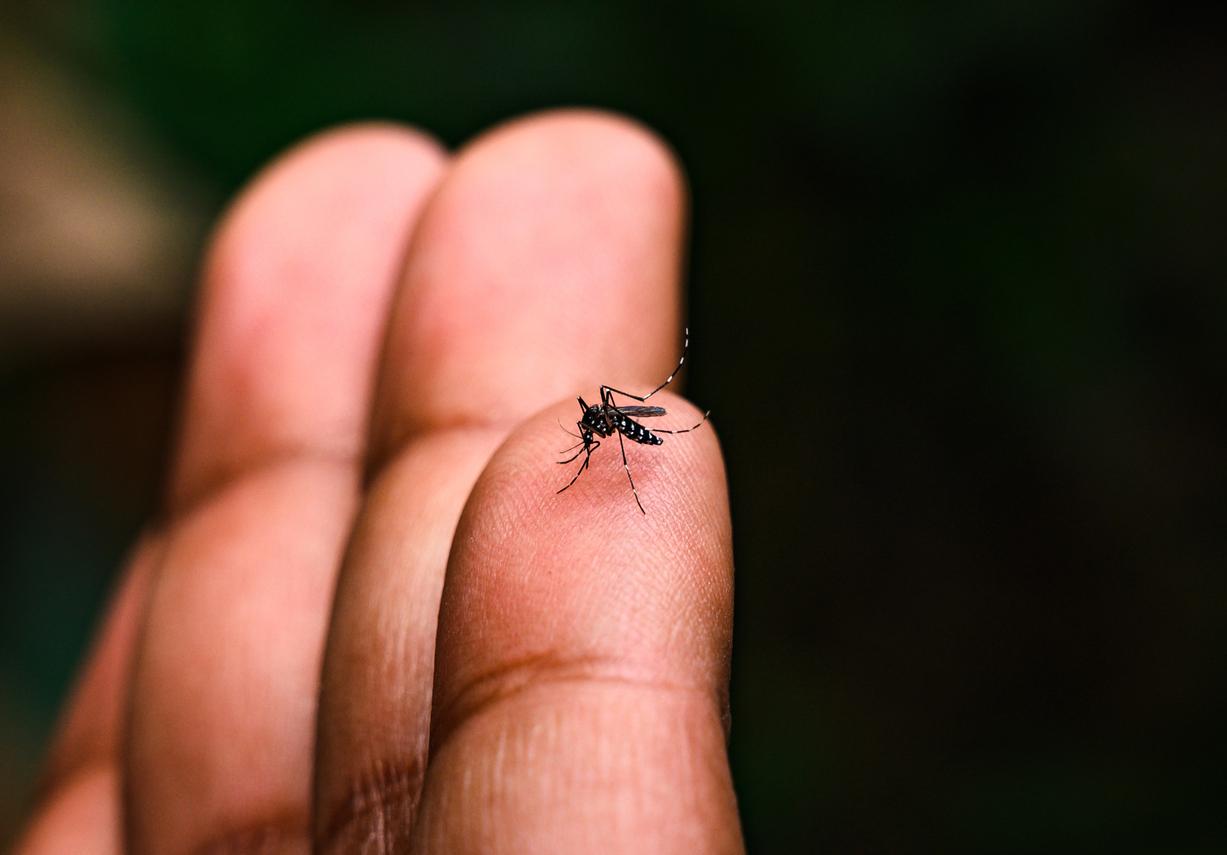Residents of a small town in southwestern Argentina are affected by an outbreak of a rodent-borne hantavirus. More than ten deaths from cardio-pulmonary failure have been recorded in the past six weeks.

In Argentina, in the province of Chubut, in Epuyén, fourteen patients have recently died. They were all infected with hantavirus, a dangerous disease transmitted through rodent urine and feces. and which affects the pulmonary system.
In this small mountainous region located in the south-west of Argentina, where the epidemic has lasted for six weeks, 94 of the 3,500 inhabitants have been placed in quarantine. On Wednesday January 16, the death of a 25-year-old man was recorded in Epuyen. Eleven more followed just 24 hours later. Argentinian Minister of Health Adolf Rubinstein clarified that the patients are going through a “very serious condition”.
Fever, nausea, bleeding…
The first recorded cases of hantavirus took place in Canada in 1994. This disease has a very high mortality rate, since 40% of affected patients do not survive it. Symptoms appear gradually between 1 and 5 weeks after the period of contamination.
The first signs of the disease are usually manifested by high fever, as well as muscle pain, diarrhea and vomiting. If it gets worse, blood pressure drops abnormally and the lungs fill with fluid, leading to severe respiratory failure and severe bleeding.
How is the virus transmitted?
The deer mouse, white-footed mouse, rice rat and cotton rat – which are the most common breeds in Argentina – are the types of rodents capable of transmitting the hantavirus virus to humans in North America and the South.
Inhalation of feces dust is a common cause of infestation. Transmission can also occur through direct contact between contaminated material and non-intact (broken) skin, or through ingestion of contaminated food or water.
And in France ?
The cardiopulmonary form of severe hantavirus infection is found only in Guyana. In mainland France, the only hantavirus infections described are “hemorrhagic fevers with renal syndrome“. The virus is transmitted during work in barns because it is found in dust contaminated by the urine and droppings of voles and other rodents.
These fevers occurring in small epidemics especially in spring and summer, mainly in the northeast quarter of France. They affect a hundred people a year and are most often not serious, but in some cases they can lead to serious complications with kidney damage.
.















